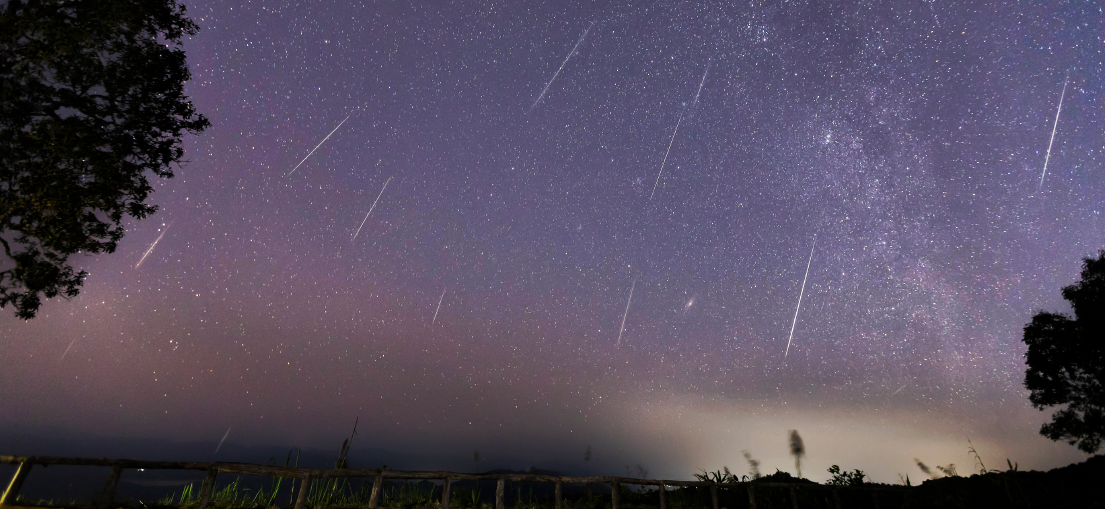Every year, Geminid meteor shower is active during the period from early to mid-December. The peak this year is expected to occur from the night on 13 December to the morning on 14 December. The Zenithal Hourly Rate* is projected to be as high as 150.
What is meteor shower?
A meteor is a phenomenon in which cosmic debris called meteoroids entering Earth’s atmosphere at extremely high speed. A meteor shower is celestial event in which many meteors appear in night sky when the Earth encounters a large number of meteoroids. These meteoroids are all traveling in relatively parallel orbit and at the same velocity, so they will all appear to an observer below to radiate away from a single point in the sky, this single point is called radiant point. The meteors in this mid-December shower appear to come from the radiant point in the constellation Gemini, hence it is called Geminid meteor shower.
Extraterrestrial Meteor Showers
There is different size of meteor showers observable on Earth every year, apart from the Geminid meteor shower, some famous ones include Perseid meteor shower, Leonid meteor shower, Orionid meteor shower and Quadrantid meteor showers etc.
Any other Solar System body with a reasonably transparent atmosphere can also have meteor showers and Mars is one of them. Although the Martian atmosphere is less than 1% of the density of Earth’s at ground level, at their upper edges where meteoroids strike, the two are more similar. In 2004, the panoramic camera on Mars Exploration Rover Spirit recorded a streak on Mars which is believed to have been caused by a meteor from a Martian meteor shower associated with comet 114P/Wiseman-Skiff.
Observing Meteor Shower
Moon phase is one of the factors that determines the observation condition of meteor shower. The moon will be very close to be a new moon in mid-December this year, the night will not be affected by moonlight and therefore the observation condition of Geminid meteor shower is expected to be excellent. A darker sky is more favourable to meteor observation, it will be good to find a place with little light pollution and a wide field of view, you should then lie down and look up at the sky with bare eyes. The wider the view of the sky, the higher the chance to see more meteors. Don’t miss this opportunity to enjoy one of the most anticipated meteor shower this year!
*Zenithal Hourly Rate (ZHR) is the hypothetical hourly rate of meteors observable in an extremely dark, open and clear sky with the radiant located at the zenith. As it is only an ideal rate, in practice, observed rates will definitely be lower than the ZHR.
November 2020

